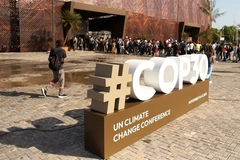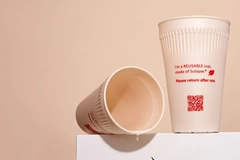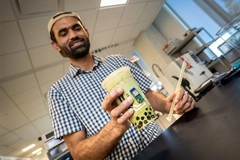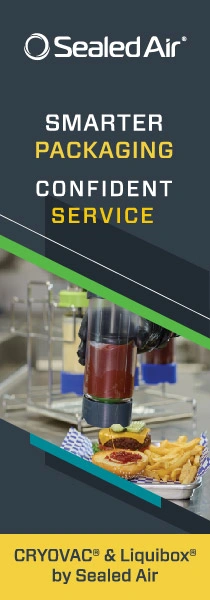Connected packaging: Experts spotlight regulatory, next-gen barcode & branding opportunities
Key takeaways
- Appetite Creative, Markem-Imaje, and Polytag, discuss how connected packaging evolves from a marketing tool to a multi-dimensional asset.
- Regulatory pressures and GS1 QR codes drive the widespread adoption of connected packaging.
- Brands leverage connected packaging for transparency and consumer engagement.
Connected packaging is set to become increasingly prevalent in the industry, driven by regulatory pressure, the global transition to GS1, and brand-building. Packaging Insights sits down with representatives of Appetite Creative, Markem-Imaje, and Polytag to discuss what they foresee in the future of connected packaging.
“What began as a primarily marketing-focused tool is rapidly evolving into a multi-dimensional business asset that addresses needs across consumer engagement, sustainability initiatives, and supply chain optimization,” Jenny Stanley, managing director at Appetite Creative, tells us.
“This evolution represents not just a technological shift, but a fundamental rethinking of packaging’s role in the product life cycle.”
Alice Rackley, CEO at Polytag, adds: “The future of connected packaging is set to drive innovation in several key areas. Transparency will continue to improve, giving consumers access to comprehensive product information from sourcing and ethical supply chain practices to sustainability credentials. In parallel, brands will need to provide clear, accessible data that empowers consumers to make informed choices.”
“Another major evolution will be in consumer engagement and interactive experiences. Brands are already using connected packaging to create immersive interactions, and this will only accelerate as technology advances and expectations rise.”
Rackley adds that augmented reality and personalized content accessed through QR codes will become a “powerful storytelling tool.”
Regulatory drivers
Stanley and Rackley point to regulations as key to driving the adoption of connected packaging.
Stanley says: “Initiatives like Europe’s Digital Product Passport and EPR requirements necessitate better tracking and transparency. Connected packaging provides an elegant solution to these compliance challenges while simultaneously creating value for consumers and brands alike.”
Rackley adds: “As the demand for circular economy solutions grows, connected packaging will become a fundamental tool for promoting sustainability on a large scale.”
“This evolution is further underpinned by the rapidly developing legislative frameworks for traceability that we see with the introduction of Digital Product Passports, digital waste tracking, and the various end-of-life focused laws broadly categorised under EPR.”
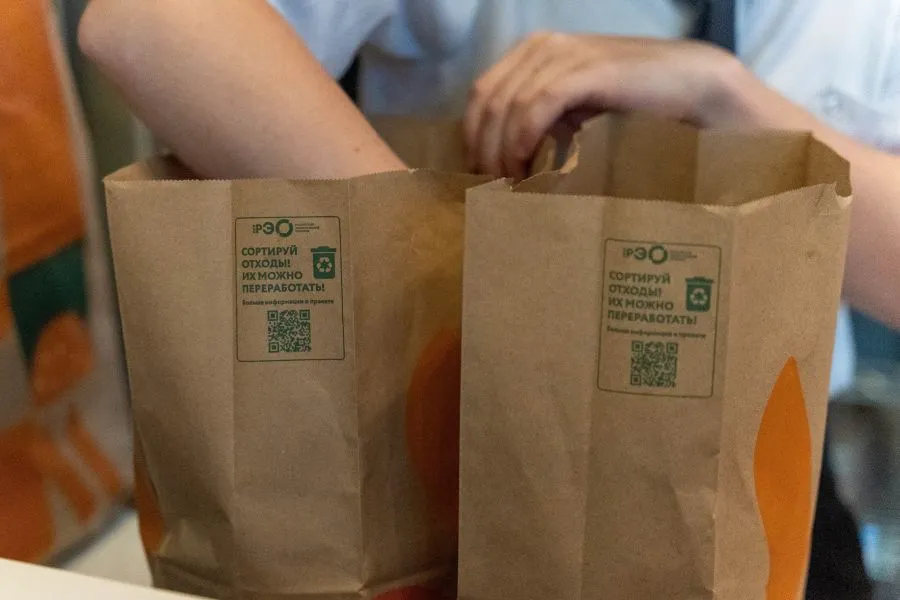 Rackley at Polytag says QR codes will become a “powerful storytelling tool.”The connected packaging of tomorrow won’t just inform consumers about products, argues Stanley, “it will engage them in ongoing conversations about sustainability, provide personalized recommendations, facilitate convenient reordering, and serve as a gateway to immersive brand experiences that blur the line between physical and digital worlds.”
Rackley at Polytag says QR codes will become a “powerful storytelling tool.”The connected packaging of tomorrow won’t just inform consumers about products, argues Stanley, “it will engage them in ongoing conversations about sustainability, provide personalized recommendations, facilitate convenient reordering, and serve as a gateway to immersive brand experiences that blur the line between physical and digital worlds.”
Stanley says that as technology advances, packaging will transform from a container to an “essential communication channel.”
The GS1-powered transition
Stanley asserts that the transition from traditional barcodes to QR codes by 2027 represents a pivotal shift that will fundamentally change brand-consumer interactions. GS1 QR codes are the next generation of barcodes and can store far more information than 1D barcodes.
“This GS1-powered transition offers brands the opportunity to declutter packaging while creating a streamlined, unified QR code system that enhances communication between brands, consumers, and retailers.”
Stephen Gryczka, director of strategy and corporate development at Markem-Imaje, says that “unlike other solution providers, our company offers a fully integrated connected packaging solution that enables brands to manage the design, implementation, and entire life cycle of 2D Digital Link barcodes for connected packaging.”
“Other providers typically cover only specific aspects, such as QR code creation, hosting, landing page design with digital experiences connected to QR barcodes, or printing them.”
Markem-Imaje’s technology and solutions are said to be scalable, enabling brands and retailers to create compliant, secure, and connected Digital Link 2D barcodes with engaging digital experiences connected to physical products.
“We offer data management software to incorporate enterprise product and production data into Digital Link barcodes on packaging and print dynamic data Digital Link barcodes on packaging at the point of production,” says Gryczka.
“As Digital Link barcodes store more product data, we support brands with digital experience creation tools and services to build data-driven applications that engage consumers, enhance product and supply chain transparency, and improve operational efficiency.”
Markem-Imaje also holds patented technology that personalizes connected packaging digital experiences based on scan information, such as location, language, and consumer preferences.
Branding campaigns
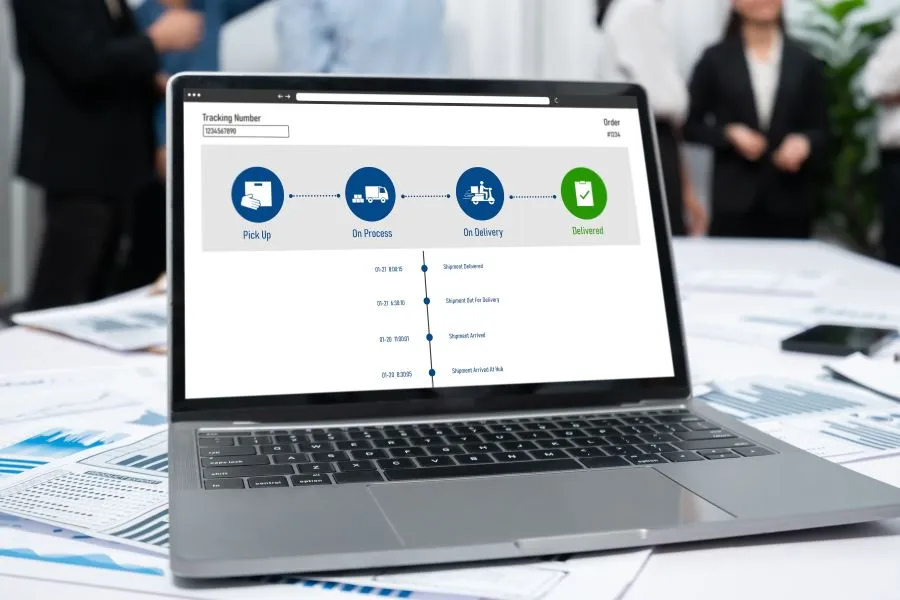 Connected packaging can enable brands to tap into the circular economy by tracking and sharing information, says Stanley at Appetite Creative.Stanley says connected packaging can enable brands to tap into the circular economy by tracking and sharing information. The information can be about a product’s environmental impact, carbon footprint, recyclability, and proper disposal methods, helping drive consumer behavior toward sustainability.
Connected packaging can enable brands to tap into the circular economy by tracking and sharing information, says Stanley at Appetite Creative.Stanley says connected packaging can enable brands to tap into the circular economy by tracking and sharing information. The information can be about a product’s environmental impact, carbon footprint, recyclability, and proper disposal methods, helping drive consumer behavior toward sustainability.
“The technology has proven particularly effective in specific campaigns, such as Woodlands Dairy’s quiz-based initiative that drove sales growth while boosting sustainability awareness, and Elopak and Don Simon’s approach to communicating packaging improvements through gamified experiences.”
Rackley tells us that Polytag is already well-established in this space. “Polytag is proud to be working alongside forward-thinking brands and retailers, including Ocado Retail, Co-op, One Water, as well as leading printers, recycling operators, and organisations to drive the adoption of connected packaging and make sustainability a practical reality.”
“We have successfully run a number of trials, projects, and initiatives across the UK and into Europe, demonstrating the significant impact and potential of these technologies. But for us, it’s all about collaboration across the entire supply chain. We encourage brands to join us in this journey.”
To address the brand adoption challenge, Polytag aims to provide “a simple, scalable, and effective solution that seamlessly integrates into existing packaging.”
“We also help brands cut through market saturation by providing real-time data insights. Polytag’s solutions enable businesses to track product journeys, measure recycling rates, and enhance customer engagement. By delivering granular data, we help brands ensure they understand their supply chain and how consumers are and will be interacting with their products.”
Looking forward, Stanley anticipates deeper integration with broader business systems. “Connected packaging will increasingly link with enterprise resource planning tools, customer relationship management platforms, and supply chain management systems. This integration will enable a seamless flow of information across the organization, breaking down traditional silos and enabling more agile, responsive business operations.”
Consumer interactions through connected packaging are becoming increasingly sophisticated. The growing popularity of gamification elements transforms ordinary packaging into entertainment platforms, educational resources, and loyalty builders. This trend will accelerate as connectivity technologies improve and consumer expectations evolve.”

